Frontal lobe: Anatomical structure and function
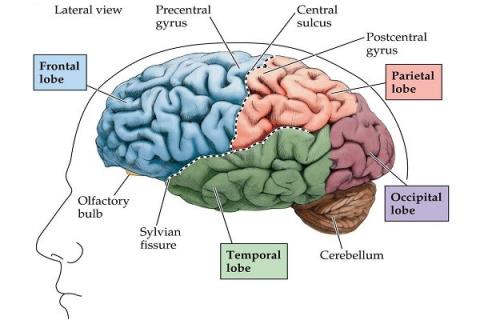
The frontal lobe is one of the components that make up the brain. It has a very characteristic anatomical structure and function. Studying and learning about this lobe of the brain will bring us a lot of interesting things. So what is the structure of this lobe of the brain? What is the specific function? Let's go with SignsSymptomsList to find the answer through the following article.
content
- 1. What is the frontal lobe?
- 2. Anatomical structure of the frontal lobe
- 3. Features of the frontal lobe
- 4. Function of the frontal lobe
- 5. Effects of frontal lobe damage
- 6. What factors can cause damage to the frontal lobe?
- 7. Frontal lobe disorder
- 8. Diagnosis of frontal lobe disorder or lesion
- 9. Recovery and treatment problems
- 10. Conclusion
1. What is the frontal lobe?
The frontal lobe, or frontal lobe, is the part of the brain that controls important cognitive skills in humans. Such as emotional expression, problem solving, memory, language, judgment, and sexual behavior. In essence, it is the "dashboard" of a person's personality and ability to communicate.
This lobe is the largest of the four major lobes of the brain in general mammals. It is located in front of each hemisphere (in front of the parietal and temporal lobes).
This lobe of the brain is separated from the parietal lobe by a groove between tissues called the central fissure. And from the temporal lobe by a deeper groove called the lateral fissure (Sylvian fissure). The most rounded part of the frontal lobe (although not well defined) is called the frontal pole, one of the three poles of the cerebrum.
See also: Headache when coughing: How to understand correctly?
This is the most common site of traumatic brain injury. Damage to this lobe can produce personality changes that limit facial expression. At the same time have difficulty interpreting one's environment. For example, it is not possible to fully assess risk and danger.
2. Anatomical structure of the frontal lobe
The frontal lobe is covered by the anterior cerebral cortex. The prefrontal cortex includes the anterior motor cortex, and the primary motor cortex – cortical parts of the motor cortex. The anterior part of the frontal lobe is covered by the prefrontal cortex.
The frontal lobe is the largest of the lobes in the human brain. It is located in front of our brain. It is estimated that this lobe makes up about a third of the human brain.
See more: Cerebral arteriovenous malformation: How dangerous is the disease?
The frontal lobe can be divided into lateral, polar, orbital (above orbital; also known as basal or ventral), and medial. Each of these divisions includes a featured act:
- Side part. Includes the lateral part of the superior frontal gyrus, the medial frontal gyrus, and the inferior frontal gyrus.
- Pole part. Includes: Anterior horizontal pole gyro, front margin gyro.
- Orbital part. Includes lateral orbital gyration, anterior orbital gyration, posterior orbital gyration, mid-orbital gyration and rectilinear gyration.
- Intermediate part. Includes: Medial portion of high prefrontal gyrus and gyrus.
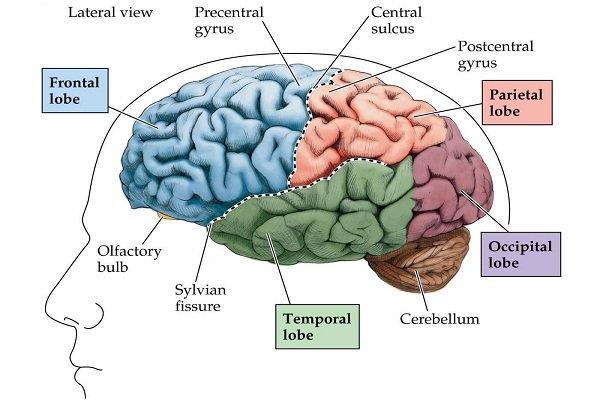
The lobes of the brain.
3. Features of the frontal lobe
In humans, the frontal lobe reaches full maturity around the late 20s. This trait marks the cognitive maturation associated with adulthood. However, a small amount of atrophy is physiologically normal in the frontal lobe of the elderly.
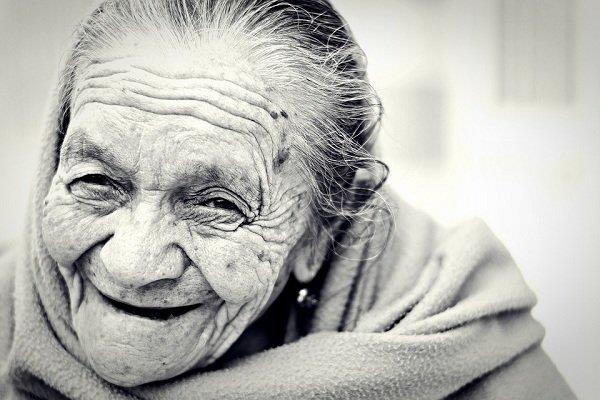
Frontal lobe can atrophy in old age
The brain is a complex organ, with billions of cells called neurons working together. Much of what these neurons do and how they function is still not fully understood.
The frontal lobes work together with other brain regions to control overall brain activity. For example, memory formation depends on sensory input, which depends on many regions of the brain. Therefore, it is wrong to assign any role of the brain to a single region.
See more: Basic information about degenerative disease of the basal ganglia cortical
Furthermore, the brain can "roll up" itself to compensate for the injury. This does not mean that the frontal lobe can recover from all injuries. However, other brain regions may change in response to trauma to the frontal lobe .
4. Function of the frontal lobe
4.1. General function
The entire frontal cortex can be thought of as the "action cortex", as well as the posterior cortex the "sensory cortex". It is intended for actions of one kind or another: Bone movements, eye movements, voice control, emotional expression.
In humans, the largest part of the prefrontal cortex, i.e. the prefrontal cortex, is responsible for internal purposeful mental action, commonly known as reasoning or prefrontal synthesis.
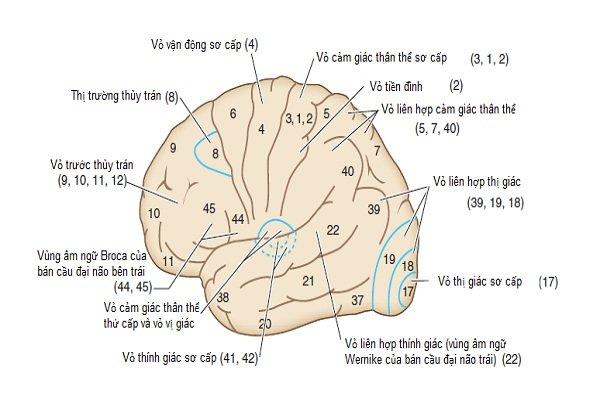
Cortical
The function of the frontal lobe is concerned with the ability to predict the future consequences of current actions. The frontal lobe also plays an important part in integrating longer task-based memories stored in the brain.
4.2. Speech and language production
Broca's area, an area in the frontal lobe , helps put thoughts into words. Damage to this area can impair the ability to speak, understand language, or produce meaningful speech.
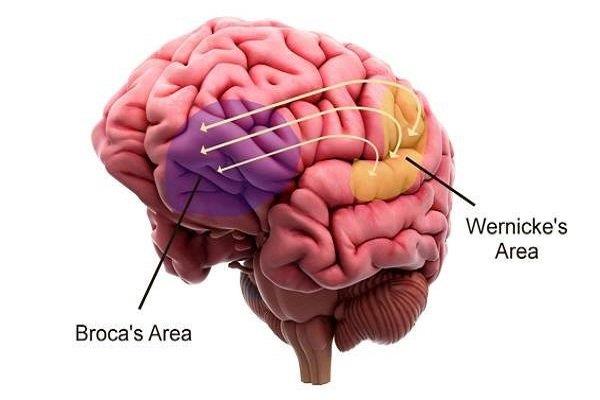
Broca region .
4.3. Some motor skills
The frontal lobe contains the primary motor cortex, which helps coordinate voluntary movements, including walking and running.
4.4. Compare objects
Frontal lobe helps human to classify and classify objects. It also helps to distinguish one item from another.
4.5. Forming memories
Almost every brain region plays a role in memory, so the frontal lobe is not unique. However, research shows that it plays an important role in the formation of long-term memories.
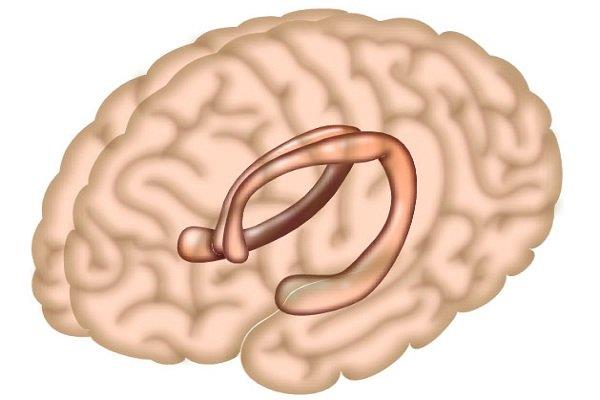
Memory formation.
4.6. Build character
The complex interplay of impulse control, memory, and other tasks help shape a person's key characteristics. Damage to this lobe of the brain can completely change personality.
4.7. Reward-seeking behavior and motivation
Most of the brain's dopamine-sensitive neurons are located in the frontal lobe . Dopamine is a brain chemical that helps support feelings of reward and motivation.
4.8. Attention management, including selective attention
When the frontal lobes cannot manage attention properly, conditions, such as attention deficit hyperactivity disorder (ADHD), can develop. In addition, this lobe of the brain is also very important for empathy.
5. Effects of frontal lobe damage
However, in general, damage to the frontal lobe from a blow to the head, stroke, growth spurt, and disease, can cause the following symptoms:
- Partial or complete loss of movement on the opposite side of the body
- Difficulty performing tasks that require a sequence of movements
- Trouble with voice or language (aphasia).
- Poor planning or organizing ability
- Stick with a behavior, way of thinking, or set of rules
- Difficulty with higher-order functions such as reasoning, problem-solving, and judgment.
- Having problems with maintaining attention or concentration.
- Reduced motivation
- Mood swings
- Impaired ability to initiate activities or interactions
- Dramatic changes in personality or behavior. May include apathy, irritability, and inappropriate social behavior.
- Poor impulse control or lack of inhibition.
Loss of language.
6. What factors can cause damage to the frontal lobe?
Factors that can cause damage to the frontal lobe include:
- Head injury
- Stroke
- Infection affecting the frontal lobe
- Tumor in frontal lobe
- Multiple sclerosis
- Neurodegenerative diseases, such as: Alzheimer's disease, Parkinson's disease, Huntington's disease.
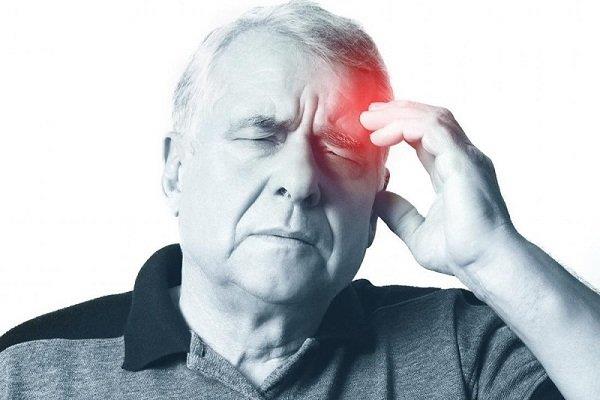
A stroke can lead to damage to the frontal lobe.
7. Frontal lobe disorder
Considered unique to humans, the frontal lobe region is where emotional regulation originates. It is also the site of language production, planning, social behavior, and motivation.
Frontal lobes are divided into three main regions characterized by their function and anatomy. Includes: Prefrontal cortex, primary motor cortex, and premotor cortex.
Frontal lobe syndrome or disorder is a broad term used to describe the development of clinical disorders due to lesions in the region. Specific areas that may be affected include the anterior pole, anterior cingulate cortex, lateral prefrontal cortex, and prefrontal cortex.
See also: What do you know about temporal lobe epilepsy?
8. Diagnosis of frontal lobe disorder or lesion
Frontal lobe disorders can be quite difficult to diagnose. Neurological tests will be used. As well as obtaining a history of the patient and their typical behavior from their family members or close friends.
Then, a series of tests will be performed on the patient to measure behavioral changes. Such as bulimia and environmental dependence. Also check mental status to measure executive function.
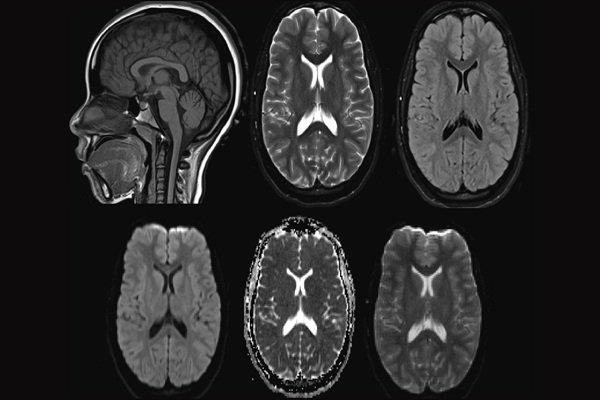
Brain MRI image.
Medical professionals will also look to rule out any other causes of cognitive decline such as thyroid function and B12 levels. An MRI scan may also be done to investigate vascular and microvascular disease, hematomas, and brain atrophy.
9. Recovery and treatment problems
Treatment of frontal lobe lesions depends on the cause of the damage. If you have a frontal lobe lesion, your treatment plan may include a team of many different specialties.
Some typical treatments for frontal lobe lesions include:
- Physical therapy. Physical therapy can help you maintain or regain mobility, strength, and flexibility.
- Occupational therapy. An occupational therapist can help you learn new strategies so you can get things done with ease. Also maintain daily activities, like dressing, eating, or bathing.
- Career counseling. This type of counseling can help you return to work and teach you how to deal with different needs in the workplace.
- Speech-language therapy. This is therapy that can help improve communication or teach you how to use assistive devices.
- Cognitive therapy. This is therapy that can help you practice skills like planning, judgment, and memory.
- Psychotherapy. This can help improve relationships, emotional responses, and coping skills.
- Surgery. Surgery may be recommended in cases where an injury or brain tumor is causing the damage.
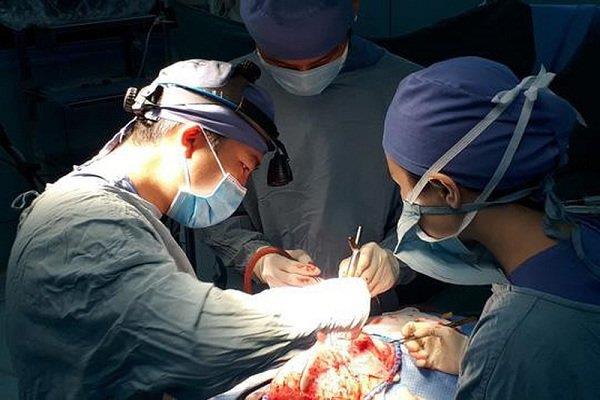
Brain surgery.
10. Conclusion
Your frontal lobe is important for many vital functions. These may include, but are not limited to, voluntary movement, speech, and problem solving. Damage to this lobe can affect one or more functions of this brain region.
An injury, stroke, infection, or neurodegenerative disease often causes damage to the frontal lobe. Treatment depends on the cause of the injury and usually includes some type of restorative therapy.
Dr. Nguyen Lam Giang